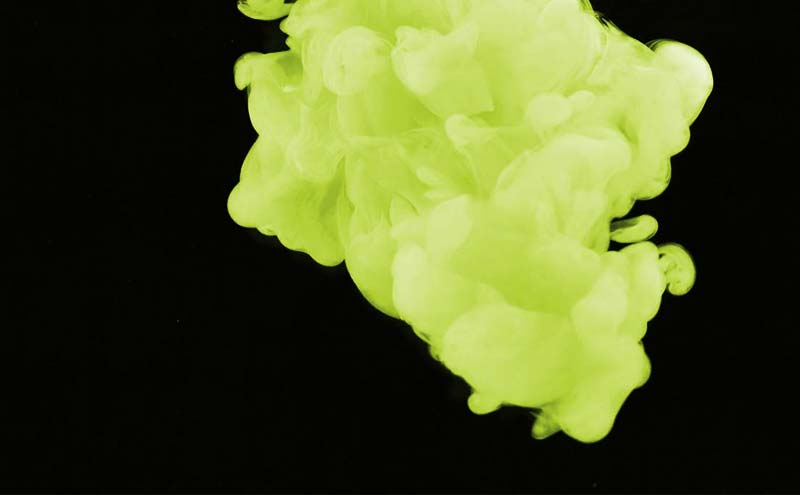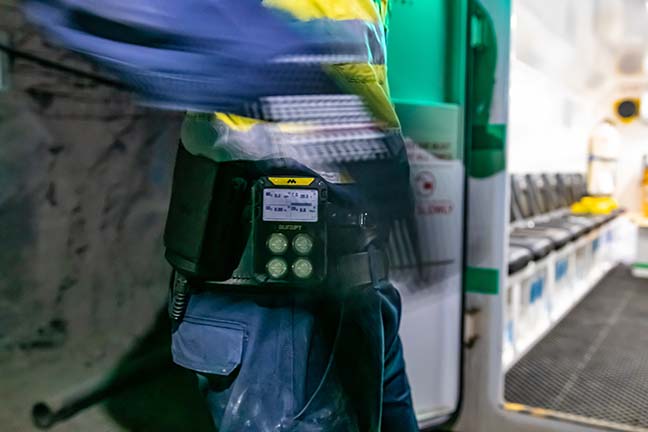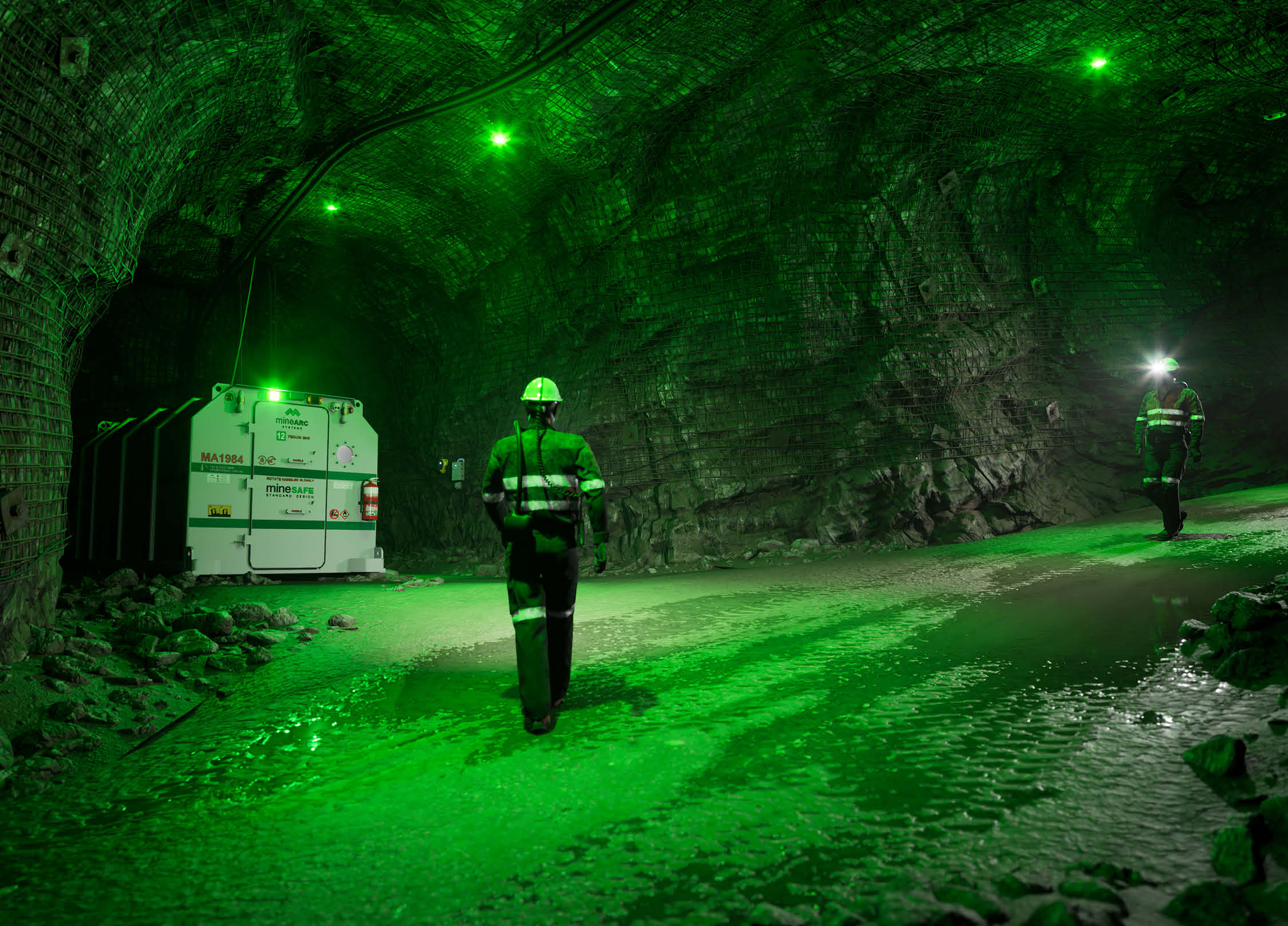Health and safety risks of chlorine gas can occur during professional or personal use. Widely used in manufacturing and industrial applications, chlorine gas can become a severe hazard if accidental release, leaks, or transportation incidents occur. Knowing what chlorine is, as well as its health and safety risks is critical.
What is Chlorine?
CAS Number: 7782-50-5
Chemical Compound: Cl2
Other names: Molecular chlorine, dichlorine, chlorinated water, bertholite, Javelle water, and sodium hypochlorite
Chemical Properties
Molecular weight: 70.91
Specific gravity: 1.56 (LIQUID, -34.6°C)
Boiling point: -34.6°C
Melting point: -101°C
Vapour pressure: 4800 mmHg (at 20°C)
Chlorine is a naturally occurring chemical element, although due to its reactive nature, it is rarely found in its natural form. It is more commonly found bonded into compounds such as table salt (NaCl).
Chlorine can exist as a liquid or gas; however, under normal atmospheric conditions, liquid Cl would vaporise. Chlorine gas has a visible, yellow-green colour with a pungent, irritating odour. The gas is heavier than air and spreads rapidly.
While it is non-flammable, chlorine is highly reactive; forming toxic, explosive or acidic elements when combined with other materials or compounds.
How is Chlorine Used?
Chlorines ability to combine with other elements and compounds is commonly used in a wide range of applications from manufacturing (production of pesticides, rubber, solvents, and plastics), industrial (sewage, water treatment, paper and fabric bleaching), domestically (swimming pools, cleaners) and healthcare (pharmaceuticals).
To be stored and transported, it is pressurised and cooled to change into a liquid form. If liquid chlorine is released, it quickly turns into a gas.
Safety Hazards of Chlorine
Chlorine gas hazards can occur during manufacture, use and transportation. An in-depth emergency response plan and ongoing training are necessary to mitigate the risk of a crisis.
Though most facilities are designed to minimise the risk of a chlorine release, accidental releases and leaks are possible. Monitoring equipment should be in place to detect signs of gas leaks and prompt appropriate action.
Chlorine gas is a strong irritant to the respiratory system, eyes, skin, and mucous membranes. In high concentrations, chlorine can take the form of poisonous gas.
Immediate signs and symptoms of chlorine exposure can range from blurred vision, skin irritation (blistering, redness, and frostbite), coughing, difficulty breathing, or nausea and vomiting. After some time, fluid in the lungs can develop.
The toxicity of chlorine is due to its corrosive effects. When chlorine comes in contact with moist tissue such as skin, eyes, throat and lungs, it forms an acid which causes damage to the area. Also, chlorine reacts with water to form hydrochloric acid and hypochlorous acid, both of which are very corrosive.
An eight-hour Time-Weighted Average (TWA) concentration of 1.0ppm can result in irritation to workers; an eight-hour 0.5ppm TWA concentration will result in markedly less irritation.
The recommendations of Safe Work Australia are “To minimise respiratory irritation, the Exposure Standards Working Group recommends a peak exposure standard of 1ppm for chlorine. The Working Group also believes that this peak standard should also keep the TWA exposure below 0.5ppm in most industrial situations.”
Table 1: Chlorine Exposure Limits, Threshold, and Guidelines
ppm | Exposure Thresholds, Limits, and Guidelines |
0.2 – 0.4 | Odour threshold (decrease in odour perception occurs over time) |
Less than 0.5 | No known acute or chronic effect |
0.5 | ACGIH Threshold Limit Value- 8-hour TWA |
1 | OSHA PEL (ceiling) ACGIH Threshold Limit Value-Short-Term Exposure Limit (TLV-STEL) (15 minutes) AIHA ERPG-1: The maximum airborne concentration below which it is believed that nearly all individuals could be exposed for up to 1 hour without experiencing other than mild transient adverse health effects or perceiving a clearly defined, objectionable odour. |
1 – 3 | Mild mucous membrane irritation tolerated up to 1 hour |
3 | AIHA ERPG-2: The maximum airborne concentration below which it is believed that nearly all individuals could be exposed for up to 1 hour without experiencing or developing irreversible or other serious health effects or symptoms which could impair an individual’s ability to take protective action. |
5 – 15 | Moderate irritation of the respiratory tract. The gas is very irritating, and it is unlikely that any person would remain in such exposure for more than a very brief time unless the person is trapped or unconscious |
10 | NIOSH IDLH: The airborne concentration that poses an immediate threat to life, would cause irreversible adverse health effects, or would impair an individual’s ability to escape from a dangerous atmosphere. Values are based on a 30-minute exposure. |
20 | AIHA ERPG-3: The maximum airborne concentration below which it is believed that nearly all individuals could be exposed for up to 1 hour without experiencing or developing life-threatening health effects. |
30 | Immediate chest pain, vomiting, dyspnoea (shortness of breath), and cough |
40 – 60 | Toxic pneumonitis (inflammation of the lungs) and pulmonary oedema (accumulation of fluid in the lungs) |
430 | Lethal over 30 minutes |
1000 | Fatal within minutes |
Table 2: Overseas Exposure Standards
Safety Guidelines | 8 hour TWA (ppm) | Excursion Limit (ppm) |
ACGIH 1989-90 | 0.5 | 1 (STEL -15 min) |
NIOSH (US) 1976 | – | 0.5 (15 min) |
Sweden 1984 | 0.5 | 1 (15 min) |
West Germany 1988 | 0.5 | 1 (Type I) |
HSE(UK) 1989 | 1* | 3* (STEL – 10 min) |
Netherlands 1986 | 1 | 2 (15 min) |
* Under review by HSE
Chlorine is a non-combustible gas at atmospheric pressure. However, it will react explosively with other many compounds, primarily hydrocarbons, alcohols and ethers. These include acetylene, ether, fluorine, turpentine, hydrogen, ammonia, sodium hydroxide and potassium hydroxide.
It is also a strong oxidising agent which can cause it to ignite organic materials such as wood, paper and oil.
Chlorine Gas Release: Plume Hazards
Chlorine use is widespread, from the manufacturing of medication to industrial bleaching. The frequency and commonality of chlorine increase the risk of accidental release.
In 2018, the American Association of Poison Control Centres reported over 3,000 chlorine gas exposures (excluding household acid is mixed with hypochlorite and swimming pools). Petrochemical companies working with chlorine gas must be aware of the risk of an accidental release and chlorine toxicity.
How long for chlorine gas to dissipate? The duration and behaviour of a chemical plume are dependent on many factors. These include the product released, its chemical and physical properties, the volume released, ambient temperature, time of day, relative humidity, wind direction and speed, terrain, natural and urban barriers and environmental sorption factors such as dense and sparse foliage.
A 2017 study analysed the behaviour of a catastrophic release of Toxic Inhalation Hazard (TIH) materials, specifically chlorine and ammonia. Notable differences in the plumes movements in varied conditions are used to aid the development of emergency planning and response, including evacuation and shelter-in-place. 2
If a chlorine gas release occurs, evacuation is not always possible, and adequate shelters must be in place to protect personnel.
Source: https://www.uvu.edu/es/jack-rabbit/






